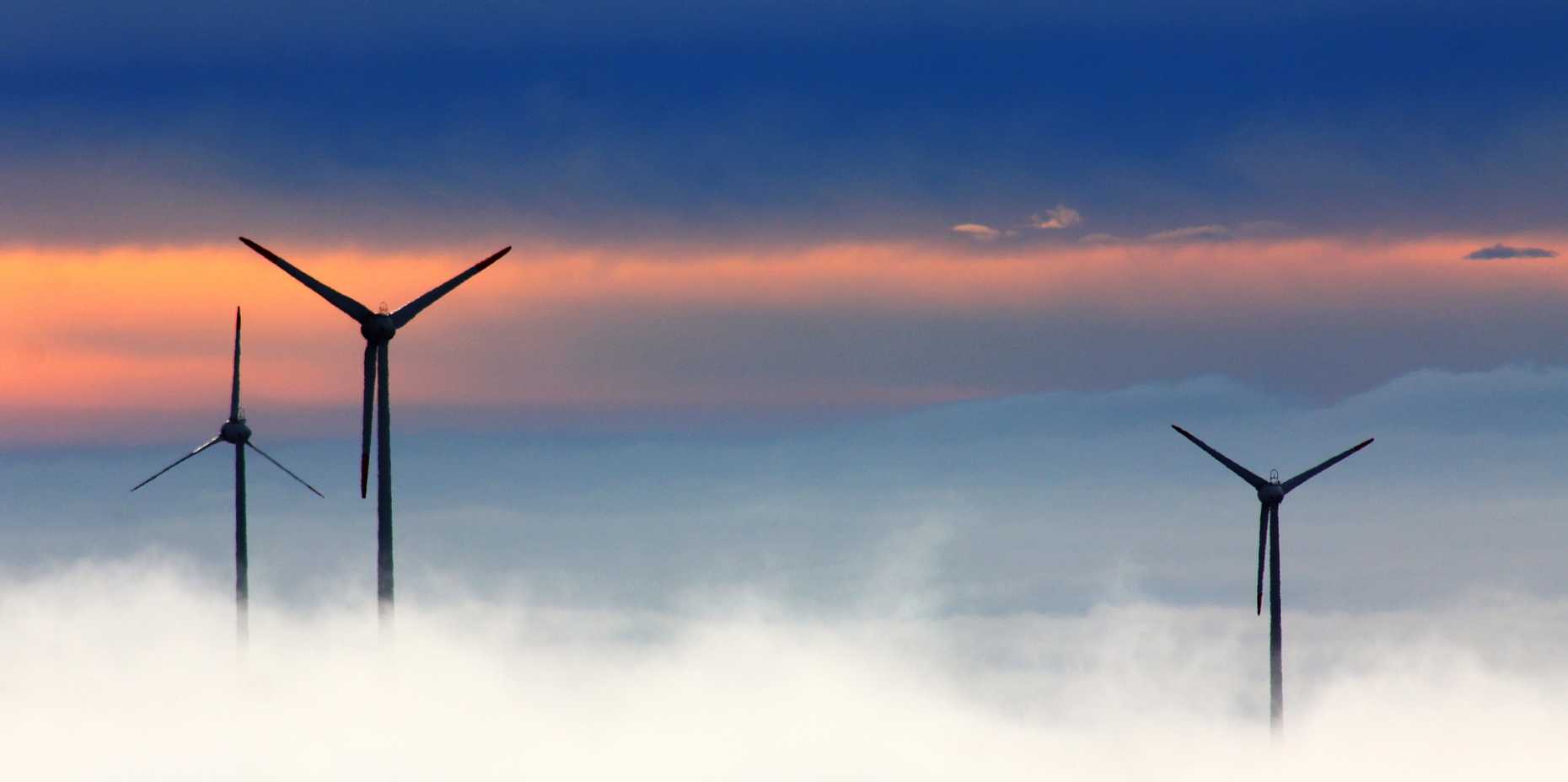Clean Energy Innovation & EU Policy
On April 4th, Dr. András Siegler gave a talk at the ISTP colloquium. As the Director of Energy Research and Innovation within the DG RTD of the European Commission,he shared interesting insights into the engagement of the European Union in a crucial field of future research and innovation.
By MSc Student Moritz Hohenfellner

The Energy Union and the climate issue were set as two of the political priorities by President Jean Claude Juncker, and the Paris Agreement states the overall challenge: "The world must achieve greenhouse gas neutrality in some time in the second half of the century." One contribution of the European Union on the way to achieve that goal is the Energy Union Strategy.
The strategy is based on five pillars:
- Energy security, solidarity and trust shall be improved by diversifying energy sources as well as energy suppliers and routes. As an example, Dr. Siegler pointed out that the diversification of energy routes across national borders poses a major challenge on the political level, and especially in times of difficult relations between neighboring countries.
- The second pillar is decarbonisation of the economy. Important elements of the strategy to achieve the target of 40% reduction of greenhouse gas emission by 2030 are the decarbonisation of transport and the usage of alternative fuels for stationary and mobile applications. In 2030, one half of the electricity shall be produced by renewables and by 2050 electricity production shall be completely carbon free.
- Energy efficiency represents the third pillar of the energy union strategy. In addition to buildings'energy efficiency, mobility's energy efficiency is key. The increasing demand for mobility is a societal challenge underlining the urgent need for energy efficient transportation systems.
- Another goal, which comes with difficult technical and political challenges, is the fully integrated energy market, which represents the fourth pillar of the strategy.
- The fifth of the five mutually supportive and interlinked pillars is research innovation and competitiveness. In order to boost research and innovation in the field and to strengthen the European leadership in renewable energies, the European Union funds R&I through various programs.
Building on the Strategic Energy Technology Plan (SET-Plan), the EC Communication on Accelerating Clean Energy Innovation (ACEI), issued the end of last year, will give an additional political boost to the topic.
Dr. Siegler pointed out that the link between engineering, natural science and social science will play an increasing role in the development of solutions to current societal challenges. Examples include questions about how to change mobility behavior towards a more sustainable transport. By closing with a statement of the importance of such interdisciplinary work, Dr. Siegler provided additional motivation for the people engaged with the ISTP.